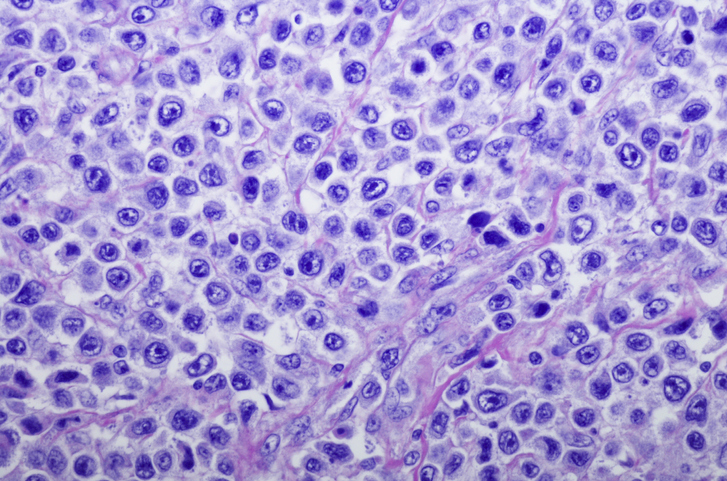Two studies have directly linked mechanisms of aging to melanoma spread and treatment resistance.
The findings by teams at the Johns Hopkins Kimmel Cancer Center and Johns Hopkins Bloomberg School of Public Health were published in Cancer Discovery and in Clinical Cancer Research, respectively.
In the first study, investigators combined fibroblasts, skin tissue generating cells, from people age 25 to 35 or 55 to 65 with lab-created artificial skin and melanoma cells. When exposed to anti-cancer drugs, cells combined with aged fibroblasts resisted cell death, but the researchers reported that this rarely occurred in cells cultured with young fibroblasts. The cells cultured with aged fibroblasts also consistently upregulated FATP2, a fatty acid transporter, and increased uptake of fatty acids from the environment in and around the tumor.
The team then assessed the impact of inhibiting the BRAF oncogene pathway, which is linked to cancer cell development, while simultaneously depleting FATP2 in mice. They found that BRAF-targeted therapy alone worked to temporarily reduce tumor volume in older mice, but FATP2 inhibition eliminated the tumors for the full 60 days the mice were monitored.
“Taking up a lot of fat protects melanoma cells during therapy,” explained first author Ashani Weeraratna, PhD, in a press release.
In the second study, Dr. Weeraratna’s team retroactively evaluated responses of 1,343 patients with melanoma who were treated with the anti-angiogenesis drug Avastin. Angiogenesis occurs when the blood supply to tumors transports cancer cells to other parts of the body to enable metastasis.
Patients age 45 or older showed virtually no benefit from Avastin, while patients under age 45 had longer progression-free survival, despite angiogenesis increasing with age. Upon further investigation, the team uncovered that older patients showed decreased expression of the angiogenesis-promoting gene VEGF, which Avastin is designed to block. Instead, another protein, sFRP2, was causing angiogenesis in patients over age 55.
“Cancer treatment is not one-size-fits-all,” said Dr. Weeraratna. “Our research shows that younger patients can have very different responses to treatment than older patients. Recognizing that the age of a patient can affect response to treatment is critical to providing the best care for all patients.”
Age may cause identical cancer cells with the same mutations to behave differently. In animal and laboratory models of melanoma cells, age was a primary factor in treatment response. https://t.co/f84YtmEhGS
— Hopkins Med News (@HopkinsMedNews) November 2, 2020
Credit: Original article published here.










